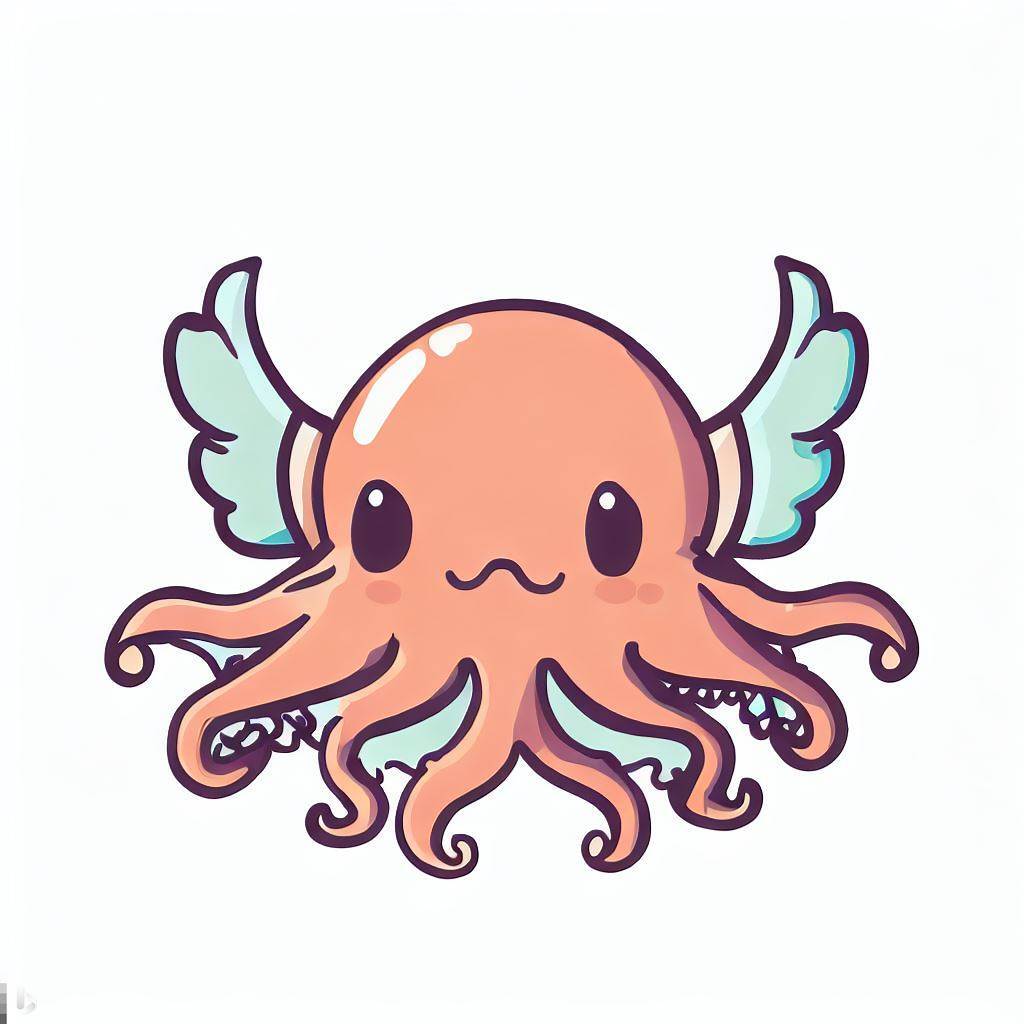

In Europe, we changed to the Euro not that long ago. I was a student and I used to use a shared laundry machine. It was the day before returning to school. I was barely alone in the dorms. Let’s do a laundry !
The machines were updated to get euros. There was another machine just to change the coins, especially since the washing machines only took one kind of coin (20 cents).
I put one fresh euro in the exchange machine, expecting to get 5 coins of 20 cents.
Tching. Tching. Tching. Tching. Tching. <pause>… Tching. Tching. Tching. Tching. Tching. <pause>… Tching. Tching. Tching. Tching. Tching. <pause>…
What ?! The machine was buggy and would not stop. I grabbed a hoodie to put the coins in it. Soon, it was not enough. After what seems to be an eternity I was there with around 50€ and kilos of coins.







But I like Nintendo consoles for their couch-multiplayer games. Like Wii-sport, Boom-blox, Just Dance, Mario party, Mario kart…
A Steam-deck is good for single players games.